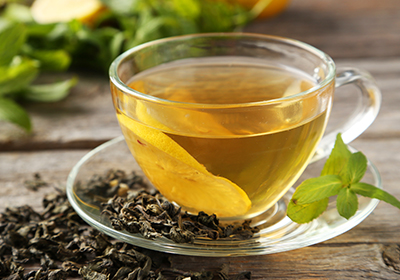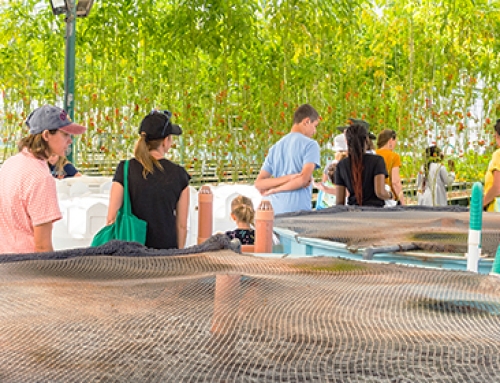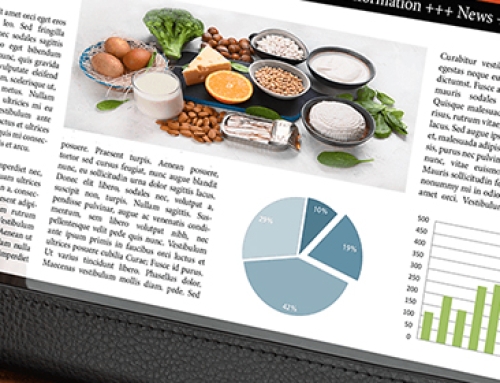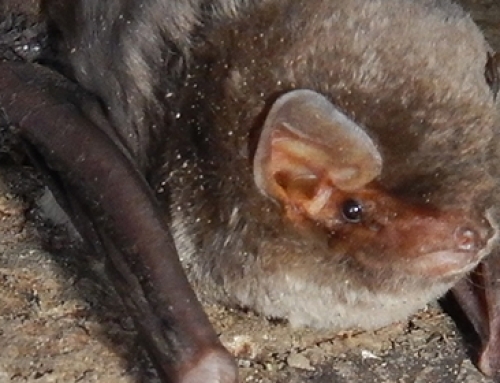Researchers from the National Reference Centre for Beekeeping of the Istituto Zooprofilattico Sperimentale delle Venezie (IZSVe) have developed and validated two analytical methods for quantifying pyrrolizidine (PAs) and tropane (TAs) alkaloids in honey bee-collected pollen marketed as a food supplement, teas (Camellia sinensis), and various herbal infusions. Alkaloids are natural substances present in several plants and can be toxic and negatively affect human health. The study was part of an ongoing research project and has been published in International Journal of Food Science and Technology.
The methods were designed using ultraperformance liquid chromatography tandem mass spectrometry (UPLC-MS/MS). The preliminary investigation was performed on 47 samples of honey bee pollen and 33 samples of teas and infusions. The findings were discussed in the light of the recently issued Regulations (EU) 2020/2040 and 2021/1408 concerning the maximum limits of PAs and TAs in various foodstuffs.
Low alkaloid levels in pollen, teas, and herbal infusions

Researchers from the National Reference Centre for Beekeeping of the IZSVe have developed and validated two analytical methods for quantifying pyrrolizidine (PAs) and tropane (TAs) alkaloids in honey bee-collected pollen marketed as a food supplement, teas (Camellia sinensis), and various herbal infusions. Although the contamination levels identified in this investigation did not pose a high risk to human health, the variability of the reported presence of these natural toxins in foodstuffs highlights the need for accurate, sensitive analytical methods to detect PAs and TAs and for broader investigations on their presence in foodstuffs. In fact, once the limits for pollen, teas, and herbal infusions imposed by Regulation (EU) 2020/2040 for PAs and Regulation (EU) 2021/1408 for TAs are applied (in July and September 2022, respectively), any non-conforming products will have to be withdrawn from the market.
Approximately half of the pollen samples, supplied by beekeepers in northern Italy, presented rather low PAs contamination levels but at significantly lower concentrations than the maximum limit laid down by EU legislation. This is probably because the plants that produce PAs are not very widespread in the areas where the pollen was collected. The most highly contaminated sample contained approximately half the legally permitted concentration.
Since no EU regulation lays down the maximum limits of TAs in pollen, for these samples the research team used the acute reference dose (ARfD) established by EFSA. Again, no appreciable risk to consumer health was observed.
One third of the tea or herbal infusion samples contained PAs or TAs. The detected concentrations were on average low, but one sample exceeded the EU limits for PAs. One of the samples with TA contamination failed to comply with the limit laid down by Regulation (EU) 2021/1408, which will come into force in September 2022.
Based on the ARfD set by EFSA for these substances, the resulting contamination levels do not seem to pose a risk for adult consumers. However, in a child weighing 20 kg, a single cup of herbal infusion could instead almost reach the acute reference dose.
Although the contamination levels identified in this investigation did not pose a high risk to human health, the variability of the reported presence of these natural toxins in foodstuffs highlights the need for accurate, sensitive analytical methods to detect PAs and TAs and for broader investigations on their presence in foodstuffs.
Can contamination be prevented or alkaloid concentrations be lowered?
Alkaloids are natural substances found in plants whose presence in foodstuffs originates from different sources. In the case of pollen, it depends on the plants where honey bees gather it and therefore on the local flora and fauna; contamination of teas and herbal infusions is instead accidental, resulting from the harvesting of plants that infest crops.
The presence of alkaloids cannot be reduced empirically, only preventively. In the case of pollen, beekeepers could keep apiaries away from or avoid placing them close to areas where alkaloid-producing plants are widespread. The solution for teas and herbal infusions is to apply good agricultural and harvest practices.
What happens when high levels of alkaloids are detected?
Once the limits for pollen, teas, and herbal infusions imposed by Regulation (EU) 2020/2040 for PAs and Regulation (EU) 2021/1408 for TAs are applied (in July and September 2022, respectively), any non-conforming products will have to be withdrawn from the market. In the case of PAs, any listed foodstuffs lawfully placed on the market before July 1, 2022 may remain there until December 31, 2023. As regards TAs, any listed foodstuffs lawfully marketed prior to September 1, 2022 can remain on the market until the end of their minimum shelf life or expiry date. Regulation (EU) reads as follows:
Read the scientific article on the IJFST »«In certain production regions, good agricultural and harvest practices have only been recently introduced or have still to be implemented, therefore it is appropriate to provide for a reasonable period to allow all production regions to introduce such practices. Two growing seasons are necessary for a full implementation of the good agricultural and harvest practices to ensure sufficient supply for food business operators to produce foodstuffs that comply with the new requirements set out in this Regulation (…) it is appropriate to provide for a significantly long transitional period so that foodstuffs which have been lawfully placed on the market before the date of application of this Regulation can remain sufficiently long on the market (…) to enable the selling to the final consumer of the products produced before the date of application».







